Say what you will about Microsoft, it is a persistent company. As the creators of some of the first commercially available computer operating systems, the company has ridden the technology boom since the beginning. In the process, it created some of the most widely used computer products and services and remains a foundation of all personal computer activity. There are, however, plenty of Microsoft products throughout the years you never knew existed.
While functional, relatively dependable and widespread, Microsoft has never been the cool kid on the block. It sure has tried to be, however, releasing many products that sought the “cool” factor before falling into obscurity. At the same time, Microsoft has often anticipated many technological innovations without reaping much of the rewards. In this article, we will explore 20 Microsoft Products you never knew existed. Some were revolutionary while others failed to hit the mark in spectacular ways.
To compile a list of 20 Microsoft products you never knew existed, 24/7 Tempo consulted a range of technology, consumer and entertainment publications including Kiplinger Personal Finance, Gizmodo and Network World. Next, we selected products that Microsoft relegated to obscurity that still made some measurable impact. After that, we confirmed aspects of the product information using sites like The New York Times and The Verge. (For innovations that hit the mark, explore NASA inventions that transformed our world.)
Microsoft Digital Sound System 80
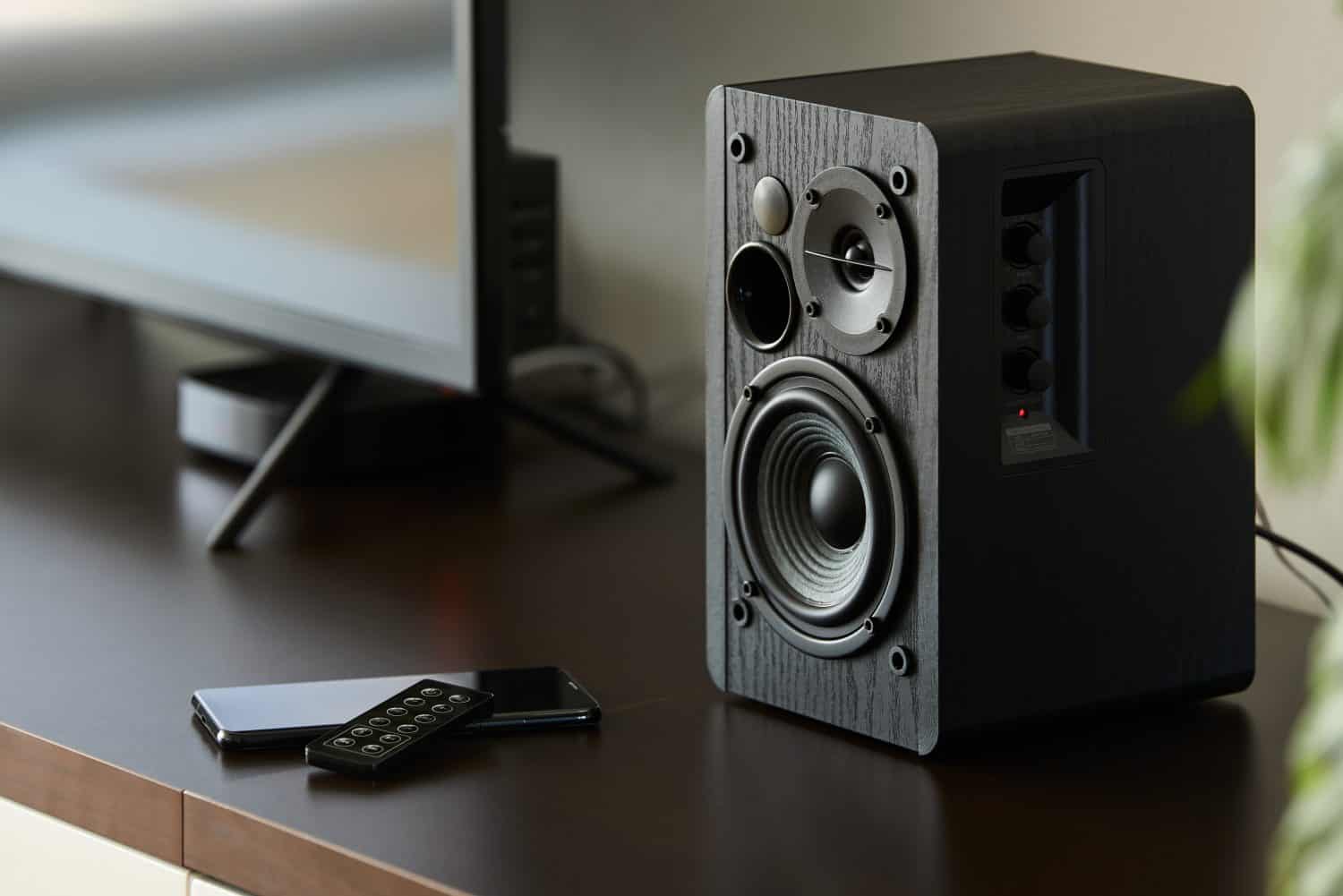
One of the Microsoft products you never knew existed is the Microsoft Digital Sound System 80. In 1998, Phillips and Microsoft collaborated on the only speaker system the computer giant ever produced. First showcased at that year’s Electronic Entertainment Expo, the Digital Sound System 80 featured integrated sound hardware that didn’t require a computer sound card. What’s more, it featured a (then novel) USB port and a 3.5mm line-in. The system also contained a unique glitch: tapping the + or – buttons would maximize or minimize the sound output with no way to stop it beyond the mute button.
Microsoft Soda

Another line of Microsoft products you never knew existed is the various promotional Microsoft Sodas. At different times, the company created novelty soda cans to coincide with the releases of big products like Windows Vista. Though never sold commercially, these Microsoft-brand sodas have been a collector’s item and a source of entertainment on various technology internet communities.
Microsoft Cordless Phone System

In 1998, Microsoft entered the phone market early with the Cordless Phone System. With Caller ID, Speech Recognition, PC integration and the ability to record up to nine minutes of a phone call, the product was undoubtedly impressive for its time. It had its faults, however, as the system was incompatible with Microsoft NT and Macintosh operating systems. Plus, it required over 10 hours of charging to use. For those reasons and more, Microsoft quietly shelved the product soon after its announcement, according to the New York Times.
Windows 7 Whopper

Another one of the Microsoft products you never knew existed is the Windows 7 Whopper. Hoping to drum up excitement for the release of Windows 7, Microsoft teamed up with Burger King Japan to create the gargantuan Windows 7 Whopper. Comprised of seven beef patties compared to the Whopper’s usual one, the promotional product was sold for seven days and cost ¥777.
Though Microsoft swung for the fences with this one, Japanese customers found the burger unappealing and nearly impossible to consume. Furthermore, customers complained that the sheer amount of grease that dripped from the burger made it utterly unappetizing.
Microsoft Fingerprint Reader

Launched in 2004, the Microsoft Fingerprint Reader anticipated future fingerprint-reading technologies. Aimed at small business owners, the Fingerprint Reader stored up to 10 fingerprints and worked with Windows XP and Vista. Though Microsoft eventually discontinued the device, it still provided patches for it in the ensuing years, allowing it to work with operating systems up to Windows 8.1.
The SideWinder controller

Another of the Microsoft products you never knew existed is the SideWinder gaming controller. Released by Microsoft in 1995, the controller aimed to facilitate the company’s transition into PC gaming. Compared to other one-off releases, the controller featured varied compatibility, as it worked with Windows, Apple and Linux operating systems.
Though Microsoft discontinued the product in 2003 due to poor sales, its unique design preceded the look and feel of later Microsoft Xbox controllers. It’s a perfect example of how Microsoft often anticipates trends in the technology sector and releases a product suggesting a potential avenue, before failing to capture the public’s attention. (For other gaming-related pieces, explore 13 terms only gamers would understand.)
Canned Windows 95

As evidenced by the short-run Windows 7 Whopper, Microsoft saves its most eccentric products for Japan. Take the Canned Windows 95 soda, which Microsoft sold in selected Japanese locations to celebrate the release of the Windows 95 operating system. Scant information on the product exists, much less its flavoring, but suffice it to say it was a very short, and unsuccessful, promotional product.
Internet Explorer 6

Though it’s probably the best-known Microsoft product you never knew existed, Internet Explorer 6 still deserves a mention. Released in 2001 in conjunction with Windows XP, the internet browser seemed poised to gobble up competitors at a time when Microsoft practically dominated the internet.
Nothing could have been further from the truth, however. That’s because Internet Explorer 6 was incredibly buggy and full of security holes. Its horrible interface and usability turned away users and eventually caused Internet Explorer to be known as the “most hated browser in the world.” Instead of conquering the internet, The Verge reports that Internet Explorer 6 and the combined Microsoft Edge only accounted for 7.3% of Internet browser use by the time it was discontinued in 2009.
Microsoft Band

Another one of the Microsoft products you never knew existed is the Microsoft Band. Though the company recently “re-released” the fitness gadget, it appeared first in 2014 but was overshadowed by concurrent Microsoft releases from the same year. Compared to other products relegated to the Microsoft dustbin, the Band features quite formidable aspects. Besides compatibility with Android, iOS and Windows 10 mobile, the device featured a color display, cross-compatibility with apps like Facebook, and a dynamic notification system.
Many people forget that the Microsoft Band actually beat the Apple Watch to market and took on the FitBit at the height of its success. While it featured all the fitness-oriented aspects of the more popular Apple Watch or Fitbit, the Microsoft Band was awkwardly designed and uncomfortable to use. As such, it was quickly eclipsed by its more popular rival fitness-tracker products.
The Surface Hub

Microsoft first announced The Surface Hub at its Windows 10 Devices Event in early 2015. Touted as an interactive whiteboard, the Surface Hub comprised two models, a 1080p, 55-inch version which cost $7,000, and a 4K, 84-inch version costing $20,000. Functionally essentially like a giant touchscreen computer, The Surface Hub is still available. Judging by its success, however, Microsoft oriented its marketing mostly towards large companies with cash to burn, for what functions as a whiteboard with extra steps.
Actimates

Before neopets and AI companion bots, Microsoft offered Actimates. Sold between 1997 and 2000, the Actimates line featured collaborations with the makers of hit children’s television shows like “Barney,” “Teletubbies,” and “Arthur.” Hoping to capture more of the children’s educational market, the Actimates featured compatibility with TVs or special computer packs that allowed children’s toys to communicate with children via “yes” or “no” responses. Though the product initially found success, Microsoft later discontinued the Actimates line for reasons unknown.
Zune
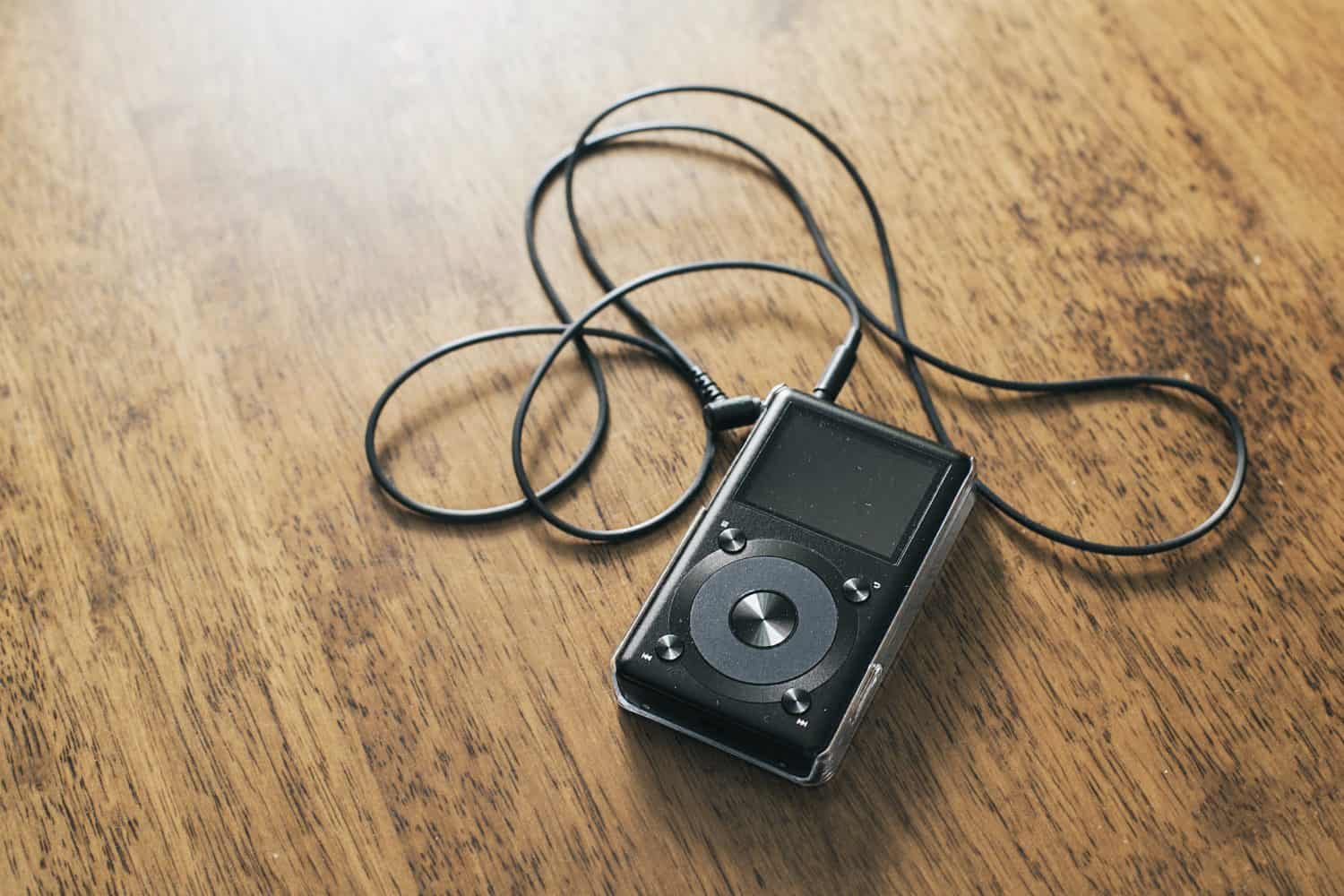
Another one of the Microsoft products you never knew existed is the Microsoft Zune. Introduced by the company in 2006, it attempted to compete with Apple in the burgeoning portable media player market. Unfortunately for Microsoft, however, the Zune functioned like the less-popular sibling to the iPod.
Functionality-wise, the Zune was quite formidable for its time. It featured the ability to tag and later purchase songs heard through the device’s FM radio app, support for audiobooks and various games. Plus, it featured the unique ability to access the internet through over 10,000 different Windows internet hotspots including McDonald’s locations.
While Microsoft discontinued the device in 2011 due to poor sales, in retrospect, the Zune didn’t deserve the scorn it received at the time. It worked well, and its software design functioned well enough to be incorporated into later Microsoft products like Xbox and Windows 8.
LifeCam
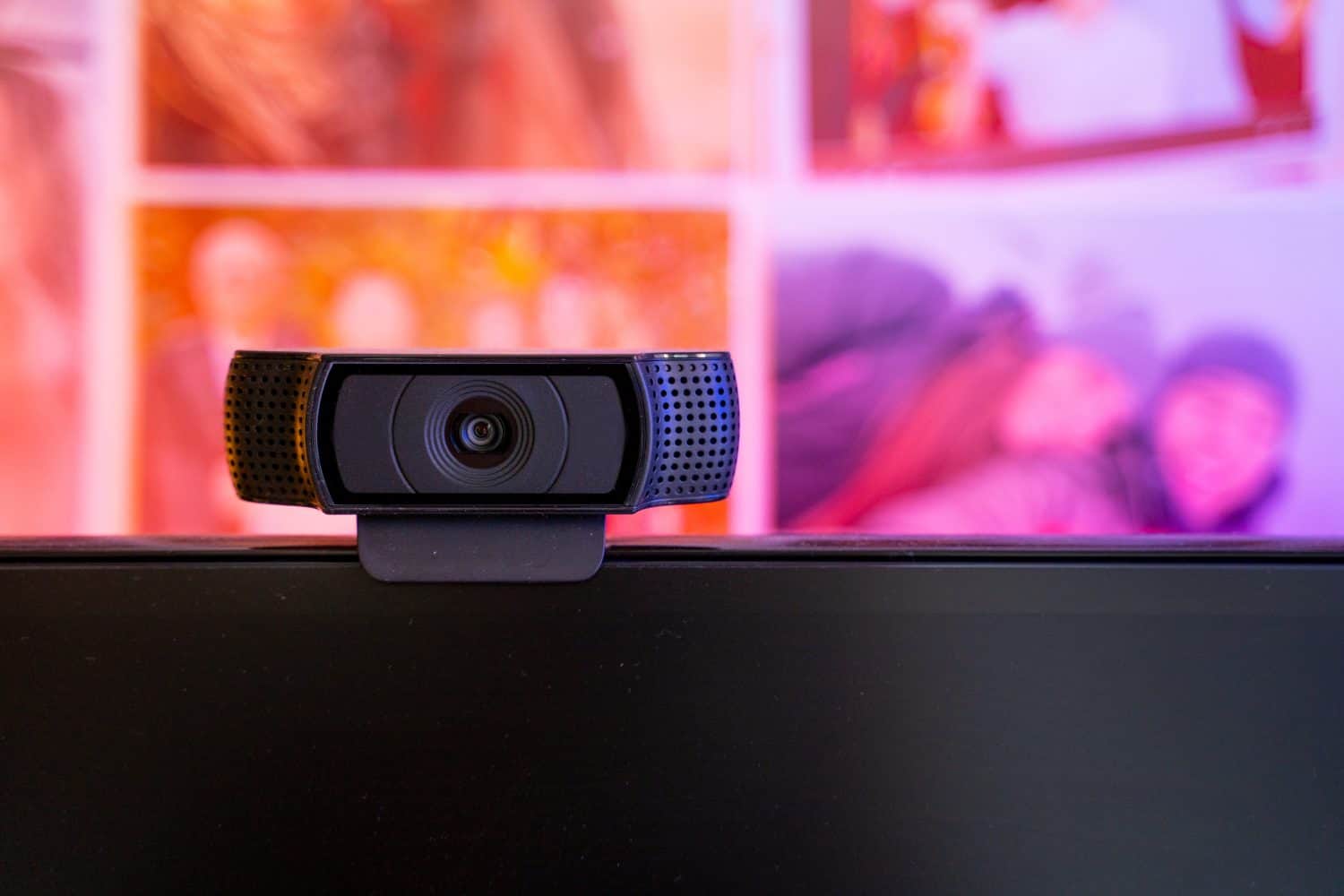
Another one of the Microsoft products you never knew existed is its series of webcams called LifeCam. Though the company started producing its webcams in 2006, they were often eclipsed in the press by more singularly focused companies like Logitech. Nevertheless, Microsoft persevered, as it still sells different updates and iterations to its LifeCams product line. The current version, the Studio, features a built-in microphone, a 1080p facial recognition sensor and an 8-megapixel lens.
The Microsoft RoundTable

Microsoft released The RoundTable in 2007, marketing it as a high-end conferencing device capable of showing a 360-degree view. The company accomplished this through the use of several built-in mirrors and five cameras. With a price of $3,000, the RoundTable also included six microphones for full display and function. Visually, it resembled a podium microphone with a conical base supporting a thin strip up to the area featuring all the cameras and mirrors. Though never a great success, especially on a personal use level, Microsoft eventually licensed the product to Polycom. Nowadays, RoundTable lives on as Skype for Business.
Broadband Hub

Another one of the Microsoft products you never knew existed is the Broadband Hub. Released in 2002, the Hub functioned much like other routers; it featured USB ports and compatibility with Wi-Fi (then known as an 802.11b connection). Appearance-wise, it was a small, unremarkable-looking plastic box with some light sensors. Though it was once the second-most popular retail Wi-Fi product in the United States, Microsoft’s market share slipped by 2004. As such, the company discontinued the Broadband Hub.
Lumia Smartphone
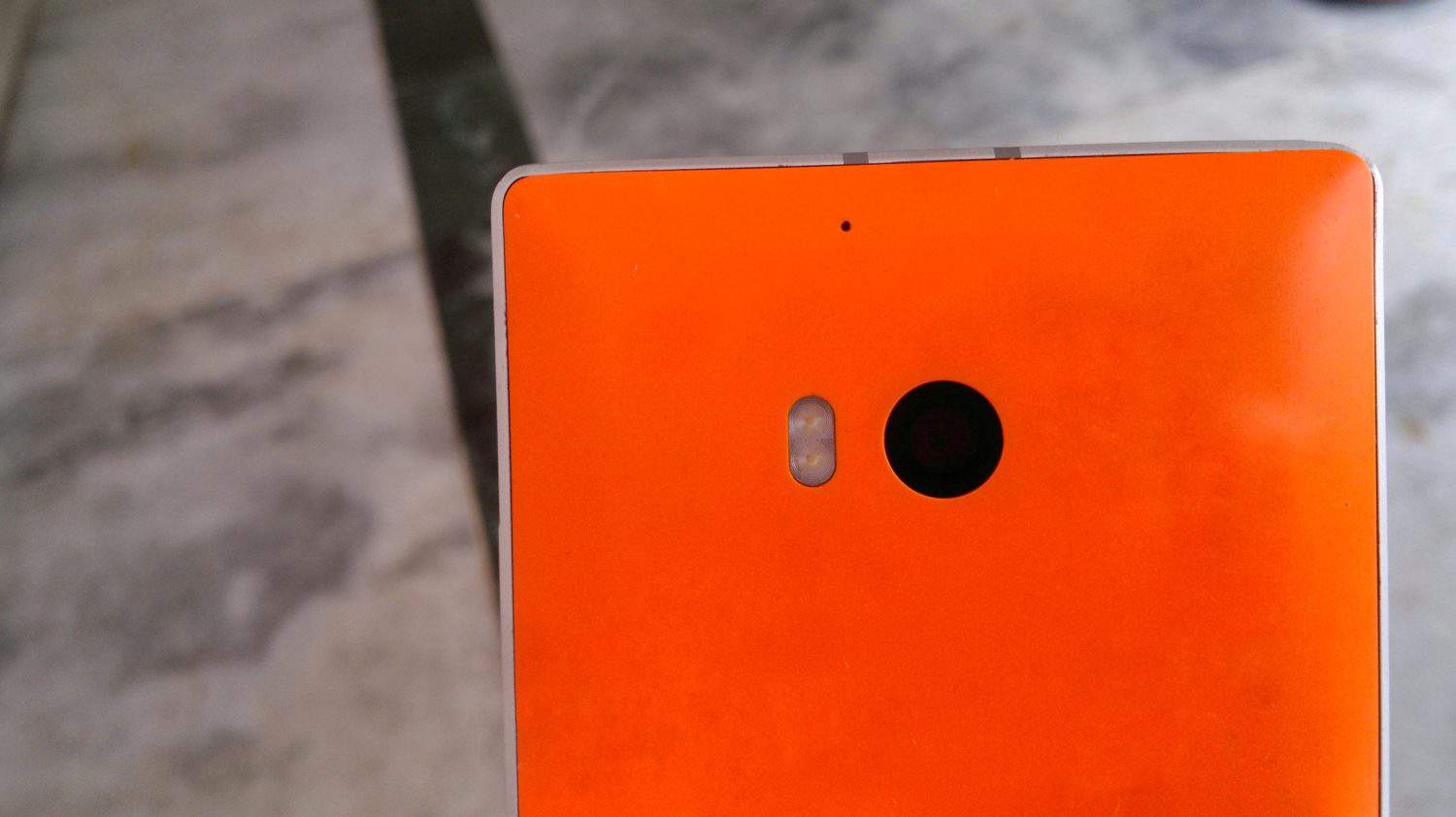
Never one to acquiesce in its rivalry with Apple, Microsoft bought out Nokia’s smartphone business for $7 billion in 2014. Soon after, it released the Lumia Smartphone using Nokia’s technology. While slimmer than other smartphones available at the time, the Lumia line had touchscreens, support for Windows software programs and a large multi-megapixel camera affixed directly in the back center of the phone.
Though capable, with an aesthetic design rivaling Apple’s iconic iPhone, the Lumia was dead in the water within a year. In the process, Microsoft lost billions of dollars and killed off thousands of jobs.
Groove Music
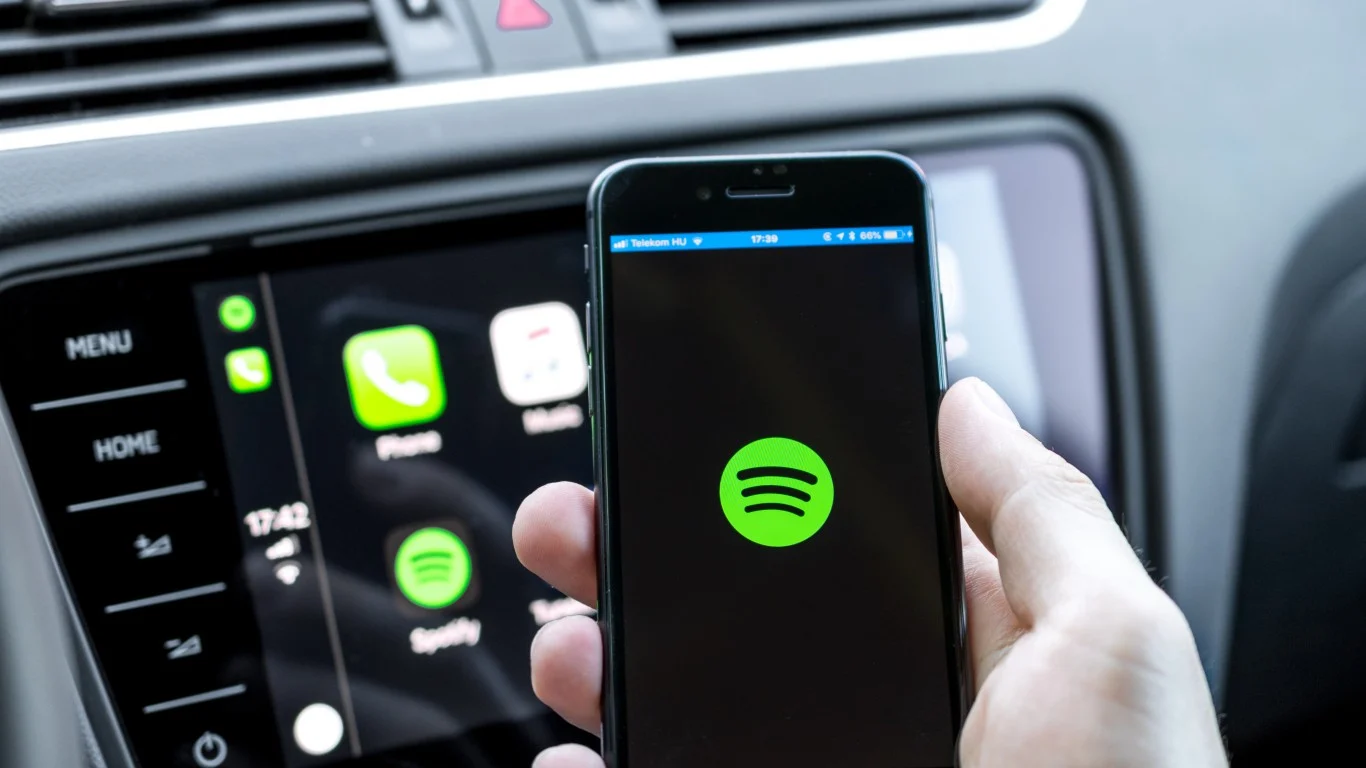
Another one of the Microsoft products you never knew existed is Groove Music. First, it was called Zune Music Pass and acted as the Zune device’s in-house music streaming service. This didn’t take, however, and it earned the name Xbox Music. After that, it became its own music streaming service called Groove Music.
Released in 2015, Groove Music featured a $9.99 per month price tag giving users unlimited streaming of over 50 million music tracks. Though it proceeded with future products like Apple Music or Spotify, Microsoft ended the service in late 2017. Sensing the writing on the wall, Microsoft even arranged for its customer playlists to transfer over to Spotify. It’s another example of Microsoft being the first in the game, before failing to make inroads that later companies can by offering ostensibly the same services.
Microsoft Kin
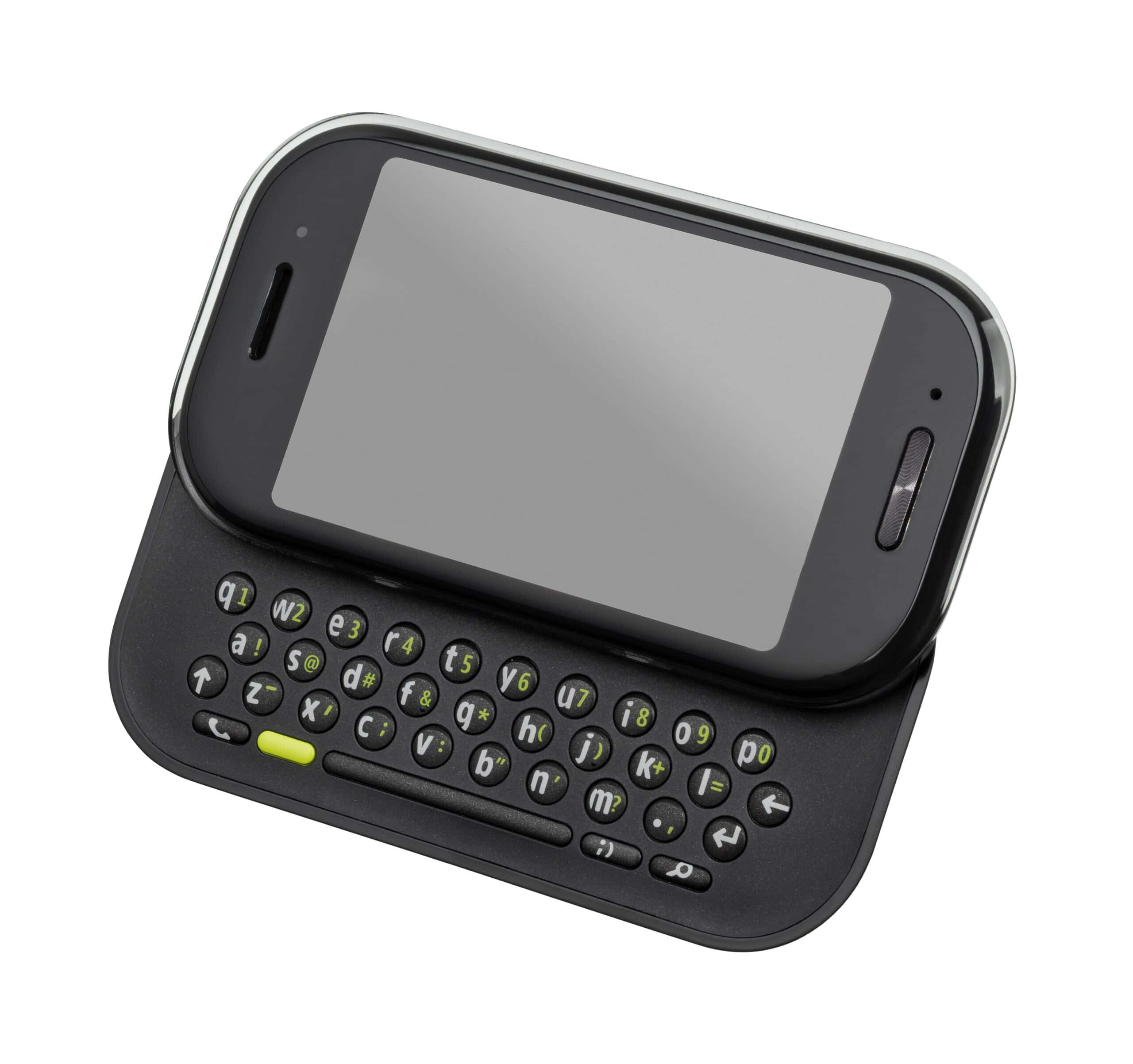
Another one of the Microsoft products you never knew existed is the Kin. Still desperate to capture more of the newfound smartphone and portable media player markets, Microsoft spent over a billion dollars buying out the designers of T-Mobile’s Sidekick phone. The same year, the company released the Kin One and Kin Two. With an appearance almost identical to the Sidekick, the Kins featured touchscreen displays, slider keyboards and social network functionality with pre-installed Facebook, Twitter and Myspace.
The only problem was it didn’t support downloadable apps. Meanwhile, Apple was reinventing the wheel with its app store, and in the process, destroying any hope for the Kin. Within two months of its release, Verizon stopped selling the Kin models due to poor sales, rumored to be under 10,000 units. By 2011, all traces of the Kin were wiped from Microsoft’s offerings.
Windows Phone

As evidenced by previous entries on this list, Microsoft shoots itself in the foot regarding phones. Take the Windows Phone, for example, which Microsoft released in 2010 in an increasingly desperate attempt to compete with other smartphones. It had a look and feel similar to Microsoft-oriented phones, with a (relatively small) touchscreen, integration with Microsoft-sponsored apps and a customizable home screen.
Initially launched to replace the increasingly fossilized Windows Mobile Operating System, the Windows Phone was quickly eclipsed by the likes of Android and Apple. Though Microsoft phones held 5% of the market share at the time of the Windows Phone release, by 2017 the company’s market share had dropped to an abysmal 10th of a percent.
Bob

A final Microsoft product you never knew existed is Bob. Released as a tool to help new users navigate the Windows operating system, Bob functioned as a graphical user interface on the top of the screen. With a logo of a smiley face resembling Bill Gates and the screen appearance of a living room, Bob featured a cast of lovable animal characters like Rover the cartoon guidance dog and Scuzz the mouse.
Released in 1995, Bob died a quick death a year later in something of mercy killing. Not only did Bob make navigating the PC somehow more complicated, but it also required exorbitant power to run, which many then-PCs could not accommodate. Microsoft persevered with its lovable animated guides, however, as it released the much loved (and much made fun of) Clippy the assistant for later versions of Microsoft Office. (For other products of dubious distinction, discover 15 items you should think twice before buying used.)